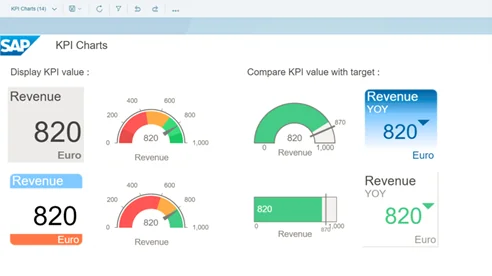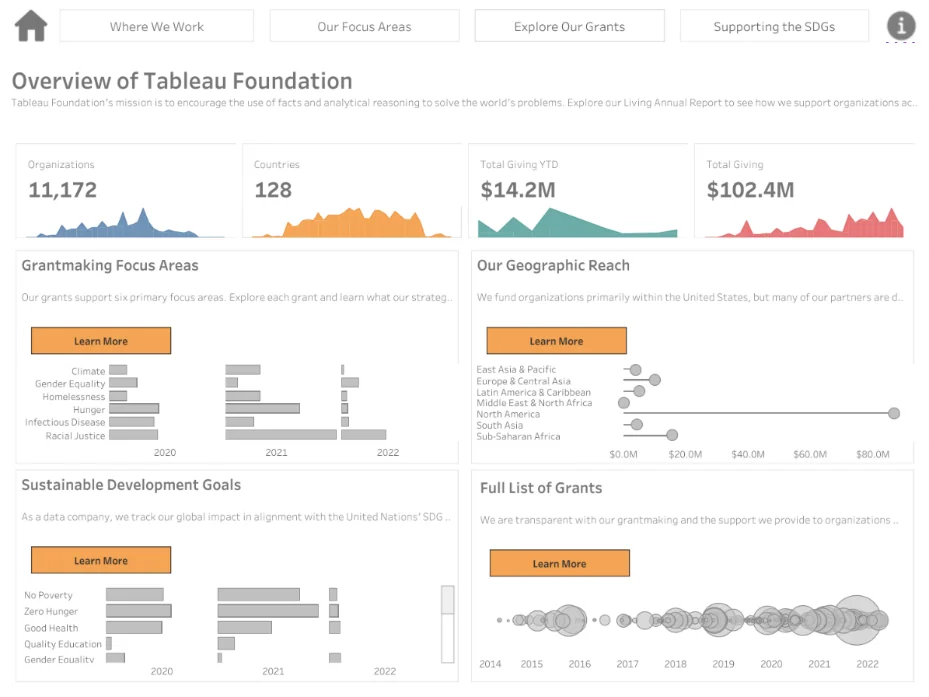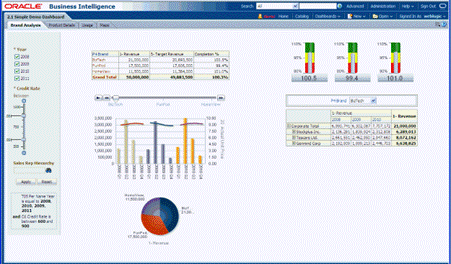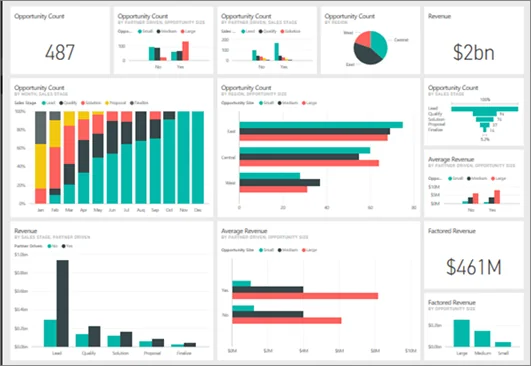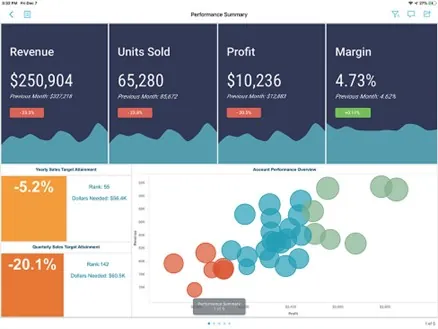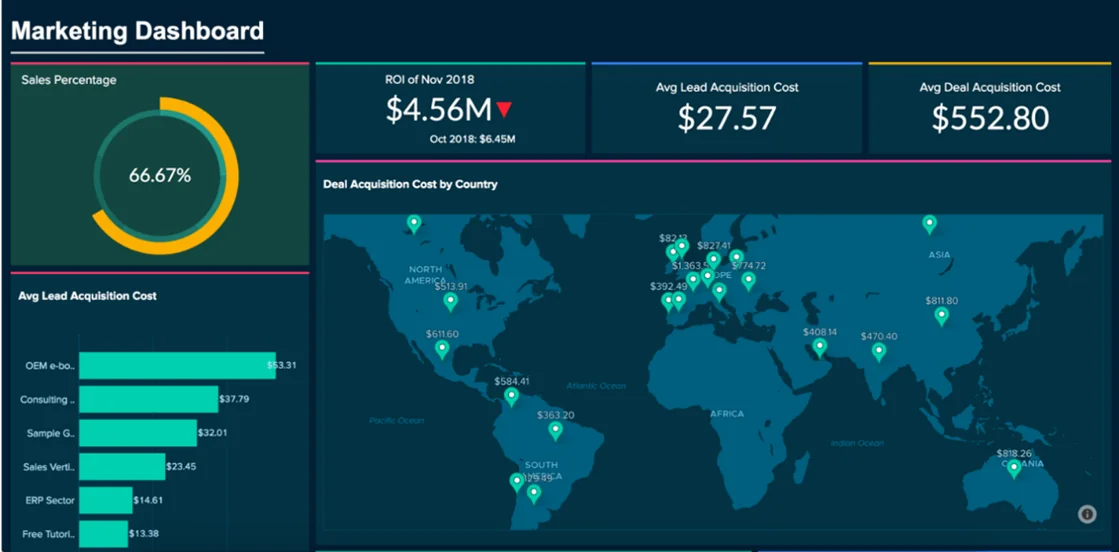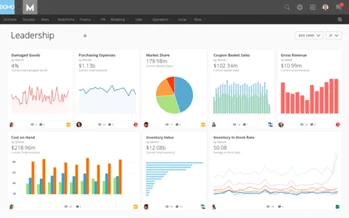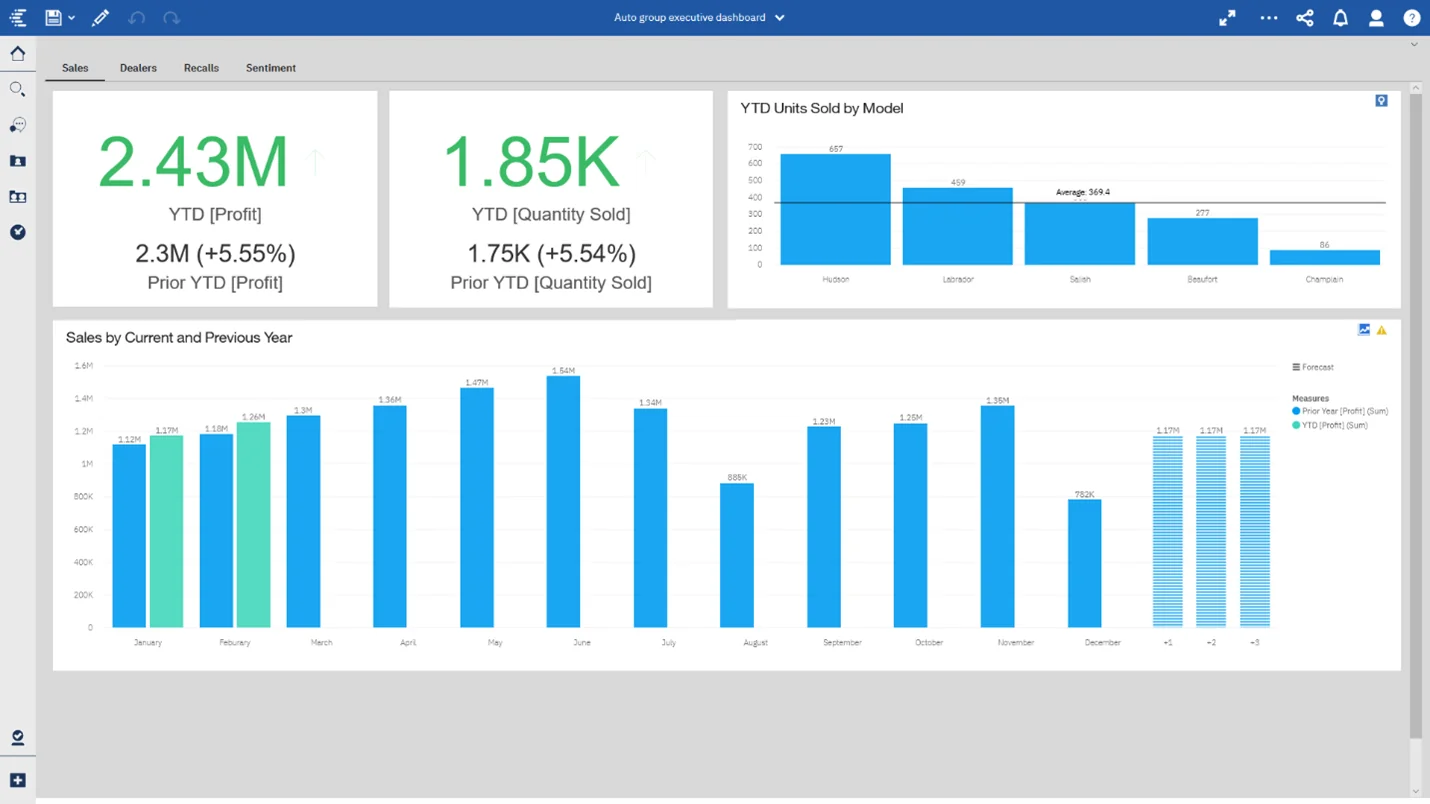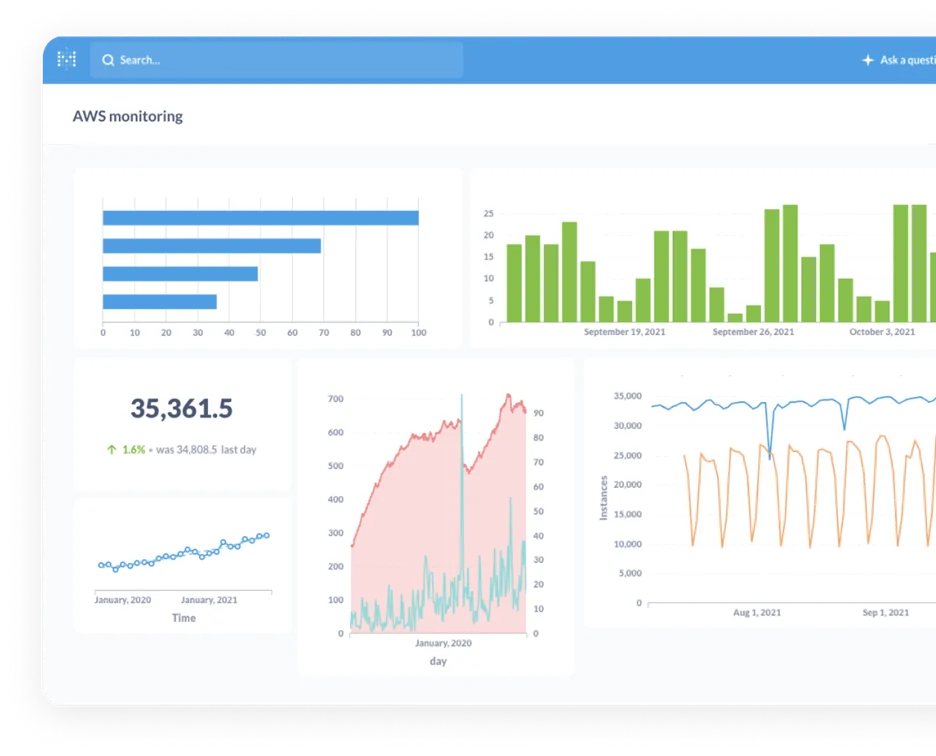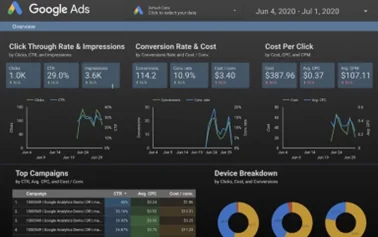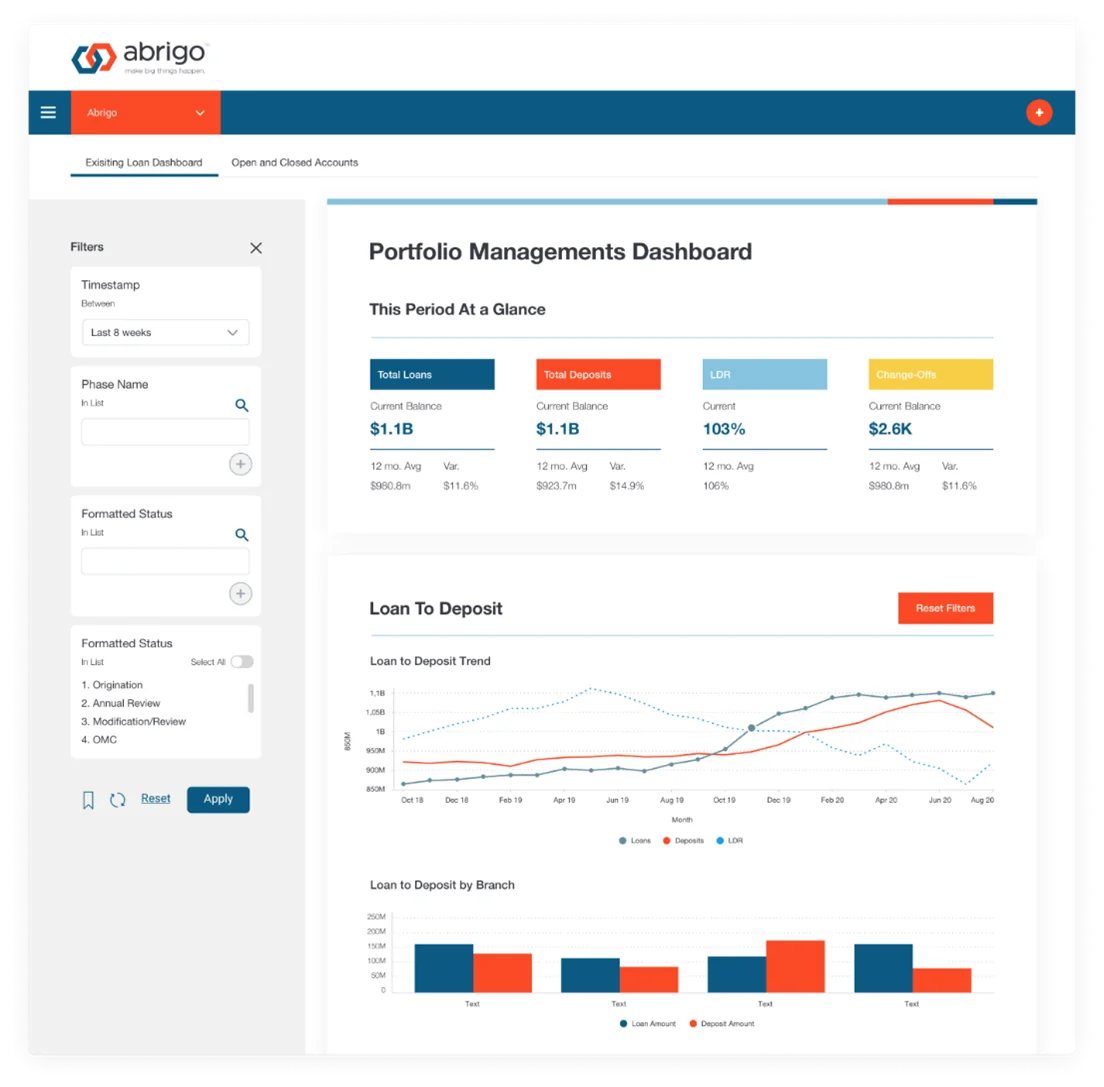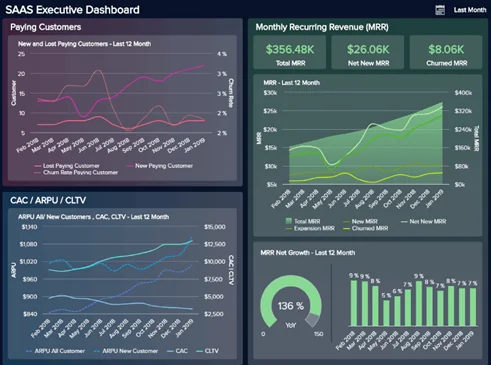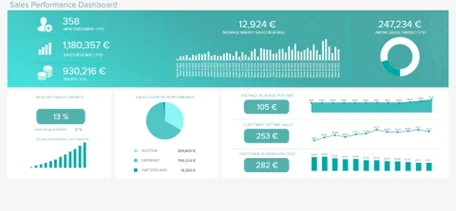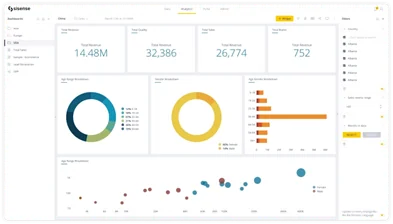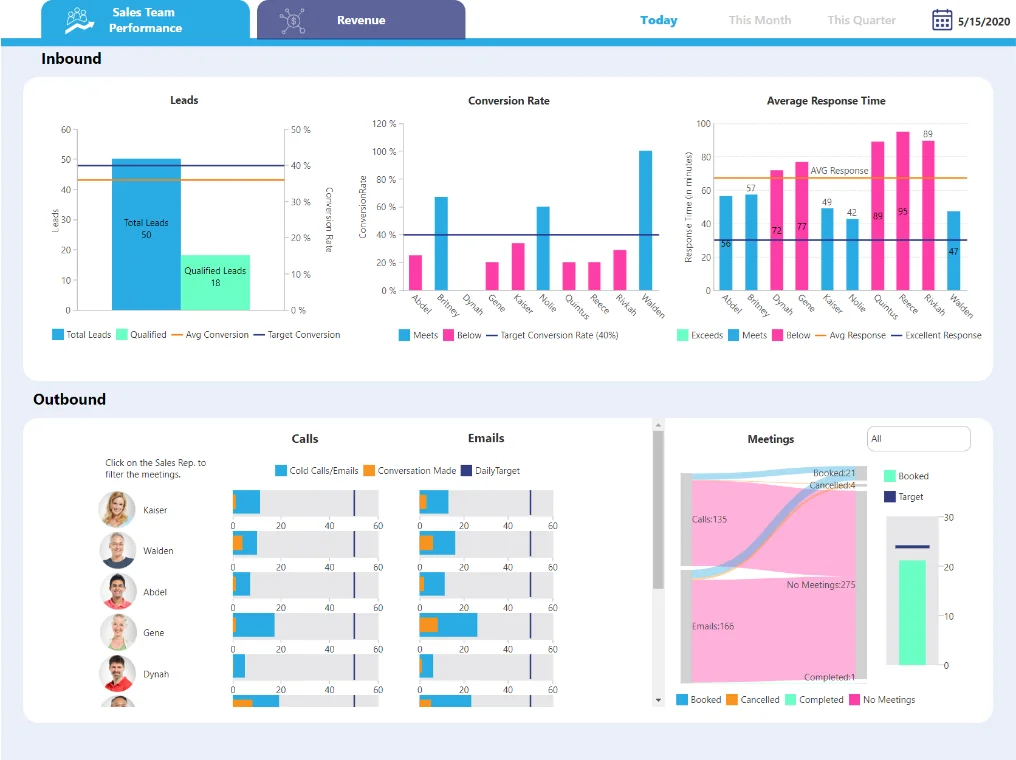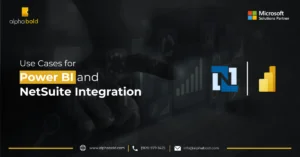Introduction
Business intelligence tools (BI tools) have become indispensable in 2024 as organizations face the challenges of managing vast amounts of data and making informed decisions in real-time. These tools not only help identify trends and derive insights from data but also play a crucial role in uncovering new business opportunities, boosting ROI, and maintaining a competitive edge. With the integration of advanced technologies like machine learning, today’s BI tools offer predictive capabilities that allow businesses to anticipate future trends by analyzing historical data. As we delve into the top business intelligence tools, we’ll explore how these solutions empower organizations to better understand their customers, optimize operations, and drive strategic decision making.
How Do Business Intelligence Tools Work?
Business intelligence tools gather data from data sources, including files, documents, images, and more. BI tools transform and refine raw data for analysis and facilitate the generation of reports, data visualizations, and customizable dashboards. Business managers can harness this information to make better decisions based on predictions, market trends, and key performance indicators (KPIs).
Top Business Intelligence Tools
1. SAP BI Tool:
SAP Business Intelligence is a comprehensive suite that manages data reporting, analysis, and visualization. The primary objective of this BI tool is to support making business decisions by transforming data into valuable information and ensuring its accessibility across various locations and devices. SAP provides integrations with Microsoft Office, such as Excel and PowerPoint, allowing users to create dynamic presentations and hybrid analytics that connect to both on-premises and cloud-based SAP systems. They mainly focus on business domains, including CRM and customer experience, ERP and digital core, HR and people engagement, digital supply chain, and other related areas.
2. Tableau:
Tableau is a business intelligence tool that facilitates data exploration and visualization. Tableau empowers users to instantly analyze, visualize, and share information without relying on IT assistance. This BI tool can integrate with a diverse range of data sources, including Microsoft Excel, Salesforce, Oracle, and Google Analytics, enabling comprehensive data connectivity and analysis.
Read more about Power BI vs. Tableau- Which Data Visualization Tool is Right?
Explore Microsoft Power BI With a Trusted Partner!
BI experts at AlphaBOLD can help you solve your business problems and reduce your pain points with specially designed solutions. Want to learn how similar customers have benefited from our experience as business intelligence service providers?
Request a Demo3. Oracle BI:
4. Microsoft Power BI:
Microsoft Power BI is created by the world’s leading software company, Microsoft.
Microsoft Power BI is a powerful business intelligence solution known for its advanced data analysis and visualization capabilities. Power BI enables the connection of diverse data sets, transforming and refining them into a unified data model. It empowers users to create visually compelling charts and graphs, facilitating data visualization. Additionally, Power BI reports can be shared by other Power BI users within the organization.
Want to know more about Power BI’s limitations, performance bottlenecks, and best practices? Head over to our recent blog: Performance and Limits of Power BI.
5. MicroStrategy:
MicroStrategy is one of top business intelligence tools that offers a wide range of analytical capabilities, enabling users to gain valuable insights into data trends and patterns. MicroStrategy integrates with various data sources, including complete database systems, data warehouses, web services, relational systems, and other relevant sources. This integration enables efficient data analysis and effective business decisions based on insights.
6. ZOHO ANALYTICS:
7. Domo:
Domo is an entirely cloud-based business intelligence platform that seamlessly integrates various data sources, such as spreadsheets, databases, and social media. The ETL process in Domo is as simple as drag and drop, enabling users to combine and transform data without coding. Furthermore, you can use Domo for your data lakes, warehouses, and ETL tools while offering compatibility with R or Python scripts to prepare data for predictive modeling effectively. Like other tools, Domo can connect data across your entire enterprise, use machine learning and artificial intelligence features, and empower users to explore the data independently.
8. IBM COGNOS ANALYTICS:
9. Metabase:
10. Looker:
The reason Looker is one of the top business intelligence tools is because it is cloud-based platform developed to explore and analyze data. Looker has now become a part of Google Cloud. Using Looker’s data modeling language, users can define data metrics and explore relationships between various data sets more efficiently. Moreover, the storytelling feature allows users to present data analysis to stakeholders through visualizations enriched in data.
Read more about Looker Studio vs. Power BI for NetSuite: A Comparative Analysis
11. Yellowfin:
Yellowfin is the only analytics suite that effectively integrates action-based dashboards with industrial-leading automated analysis and data storytelling. Yellowfin elevates the analytical experience, offering users unique ways to actively engage with and make informed decisions based on their data. It fulfills the requirements of data analysts, business users, customers, and developers interested in creating, deploying, or utilizing extraordinary analytical experiences.
12. SAS BI:
13. Datapine:
14. Sisense:
15. Dundas BI:
16. Qlik Sense:
Qlik Sense is a powerful business intelligence tool known for its associative data model, which allows users to explore data across multiple sources seamlessly. Unlike traditional BI tools that rely on predefined queries, Qlik Sense enables users to perform free-form data exploration, discovering hidden insights and making connections between data points that might otherwise be missed.
With its robust data visualization capabilities, Qlik Sense empowers users to create interactive dashboards and reports that can be easily shared across the organization. The tool also offers strong integration with other data sources, including big data and cloud platforms, and leverages AI-driven analytics to enhance decision-making. Qlik Sense is particularly valued for its ease of use, scalability, and ability to handle large datasets, making it an ideal choice for businesses looking to democratize data access and foster a culture of data-driven decision-making.
Leverage Top Business Intelligence Tools with Service Providers!
BI experts at AlphaBOLD can help you solve your business problems and reduce your pain points with specially designed solutions. Want to learn how similar customers have benefited from our experience as business intelligence service providers?
Request a DemoConclusion
Explore Recent Blog Posts



